-
FREE MEMBER
NO Posting or PM's Allowed

-
03-05-2013 08:44 PM
# ADS
Friends and Sponsors

-
Advisory Panel


Okay, pal, here we go!
First off, does she have a name? Every important rifle deserves a name. Perhaps, in view of her condition, you might call this one "Rusty".
Rusty started off as a Canadian Ross Mark III infantry rifle which went overseas with the Canadian Corps in the Great War. Somewhere on her wood (likely under the Wrist of the Stock) there should be a little circle with CEF and 2 or 3 numbers in it: this is the Battalion marking. Many later rifles MISSED this marking because as soon as the Canadians got to England , their Rosses were turned-in for British SMLE rifles. The Rosses then went, mostly, to the Royal Navy and to the Royal Marines Light Infantry. Your rifle is one which took this route for rather an extended period, but we will come back to that.
, their Rosses were turned-in for British SMLE rifles. The Rosses then went, mostly, to the Royal Navy and to the Royal Marines Light Infantry. Your rifle is one which took this route for rather an extended period, but we will come back to that.
You HAVE the original Factory serial number: 463HD of 1917. You also have the original DCP-with-crossed-flags, which was the Dominion of Canada Proof marking applied by Government inspectors working right at the Ross factory immediately after they tested the rifle and before it went to the Army. The DCP marking was applied only following a Proof testing which was precisely the same as an English proofing and the marking was accepted as equal to an English marking at that time.
Proof marking applied by Government inspectors working right at the Ross factory immediately after they tested the rifle and before it went to the Army. The DCP marking was applied only following a Proof testing which was precisely the same as an English proofing and the marking was accepted as equal to an English marking at that time.
So Rusty served during the Great War with the RN or the RMLI, along with a great number of her fellows. In particular, she served with the Royal Marines out of their big base at Crombie, which is where she got that CRB 463 on her Bolt; that is a Royal Marines marking. The Ross was withdrawn from Service in 1921 and finally placed into Store to await their next use; Rusty was among them. Many Rosses went to Latvia and the other Baltic Stats following the Great War, but Rusty stayed with the RN. And there she stood, on the rack, for almost 20 years.
During the Second War, Britain needed everything they had which could shoot..... and so the old First War Rosses were hauled off their racks and used once again by the Navy, by the Coast Watch and anywhere else that an SMLE was needed but not available. The Rosses used in this manner were the Rosses which the Navy had NOT disposed of following the First War and are known as the "Weedon List Rosses" because of their listing between the Wars of anomalous rifles in Store at Weedon.
Following the Second War the Ross was purged completely from British military service. Britain was bankrupt (had been so since 1940), Winston was tossed out in the General Election right after the War, Labour was in, Russia was armed to the teeth and still ramping production UP. For a Labour Government, this meant that Britain should disarm, so everything which was not the latest pattern and in good condition was sold off for scrap. Many of the rifles went to the gunmaking Trade and were remanufactured into Sporting Rifles, mostly lower-priced ones, for export in order to bring in some hard currency to bolster the flagging Pound so that Britain could buy the food it needed. Rusty was in this group of rifles.
was armed to the teeth and still ramping production UP. For a Labour Government, this meant that Britain should disarm, so everything which was not the latest pattern and in good condition was sold off for scrap. Many of the rifles went to the gunmaking Trade and were remanufactured into Sporting Rifles, mostly lower-priced ones, for export in order to bring in some hard currency to bolster the flagging Pound so that Britain could buy the food it needed. Rusty was in this group of rifles.
Following the Second War, the export laws and the Proof laws had changed. Rusty was rebuilt into a Sporter in Birmingham and re-Proofed there at the Birmingham Proof House. This is the crowned BM marking and your ".303 NITRO PROOF" marking. She was then shipped to Canada, sold cheaply (about $40 or a bit less), taken hunting, stood by a tree..... and forgotten.
And there you have the whole story.
Use some Extra Fine steel wool to remove some of the rust, then wipe her down with a good grade of oil. Don't use the Steel Wool WITH the oil (as some guys will tell you) because rust-dust and oil together make grinding compound and this is NOT good for fine equipment..... and a Ross is among the finest ever made. Rust removal DRY will preserve any blue or other finish which remains, the following Oil will protect it. DOMINION ammunition was sold widely in Newfoundland prior to War 2 and almost exclusively after the War; it was noncorrosive before War One. There is a decent chance that the bore might have been preserved by a coating of fouling and that you could have a serviceable barrel. These things can shoot WONDERFULLY, so take your time and do it right. The woodwork can be preserved by rubbing-in a coat of Double Boiled linseed oil . After you do this, the rags you used go OUTSIDE right now; they can take light by themselves.... and they stink, anyway.
. After you do this, the rags you used go OUTSIDE right now; they can take light by themselves.... and they stink, anyway.
One very important point: will you kindly post close-up photos of the rifle, taken from the TOP, one with the Bolt OPEN, one with the Bolt CLOSED. The reason for this is that the Bolt of THIS model of Ross can be assembled incorrectly and VERY dangerously. MOST of the Bolts had a vertical PIN added to them, about halfway along the Bolt Shank, to prevent this improper assembly permanently; I would like to see if yours is pinned..... or not. Check at the top of this Forum; there is a Stickie on proper Bolt assembly for your rifle. Also, if you check in th MKL , you will be able to download your own copy of the 1915 Manual for this rifle. Being that this is the BEST website for older Military Surplus rifles, the download is FREE. ALSO grab yourself a copy of SHOOT TO LIVE!, which is the Johnson Method of Musketry Coaching: simply the best book ever written on shooting military rifles with aperture sights.
, you will be able to download your own copy of the 1915 Manual for this rifle. Being that this is the BEST website for older Military Surplus rifles, the download is FREE. ALSO grab yourself a copy of SHOOT TO LIVE!, which is the Johnson Method of Musketry Coaching: simply the best book ever written on shooting military rifles with aperture sights.
Rusty has a long and proud history, friend. You are now her custodian and protector.
Something to be proud of.
Hope this helps.
-
The Following 5 Members Say Thank You to smellie For This Useful Post:
-
FREE MEMBER
NO Posting or PM's Allowed

Thanks smellie,
This info is amazing. I haven't found any CEF marking but will look again. Under the hand grip there is a 'Y' ??? stamped in.There is one more cross-hair stamp that I thought i had included but had not..oops. see below. Can you help me with this one. Pics of the bolt will follow this weekend. Rusty is still dissambled, being cleaned from the dirt and grim. 
Thanks again.
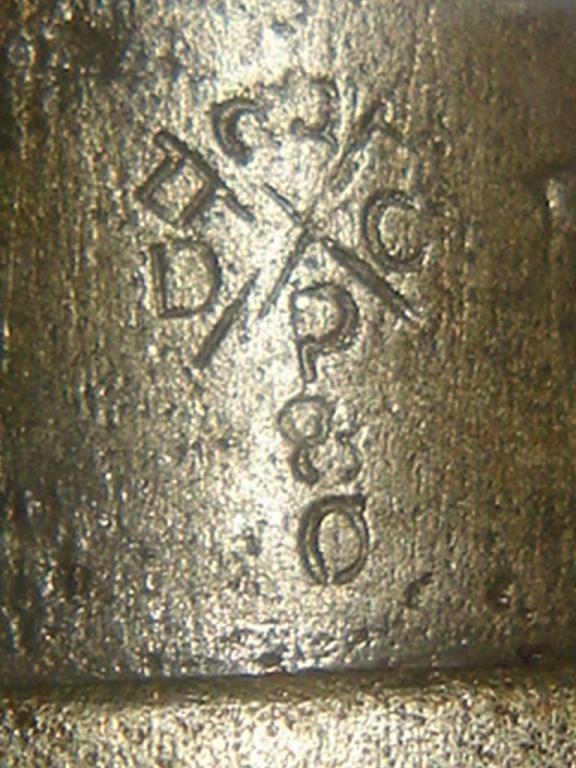
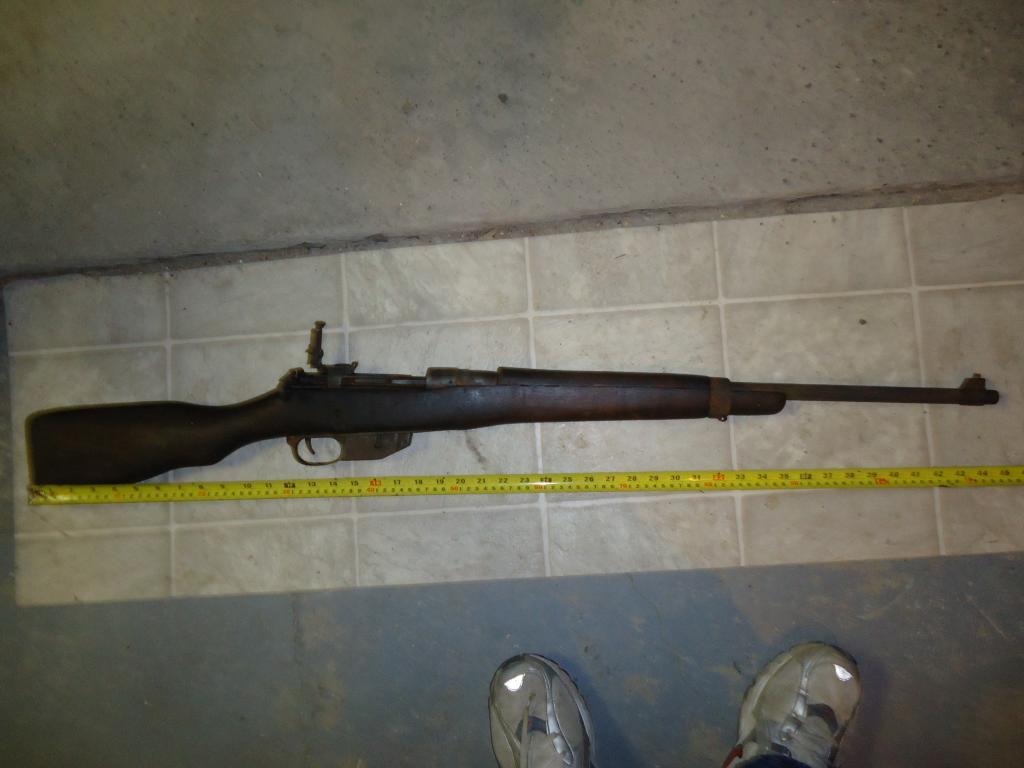 Information
Information














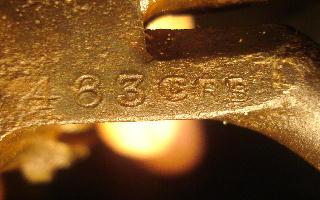
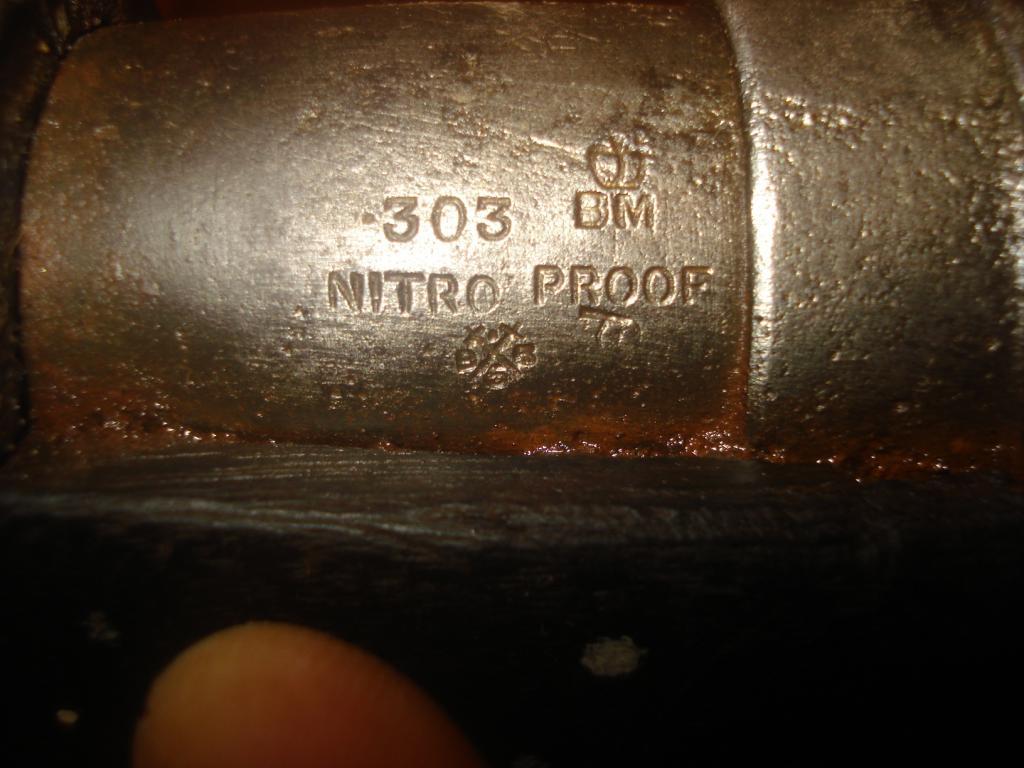
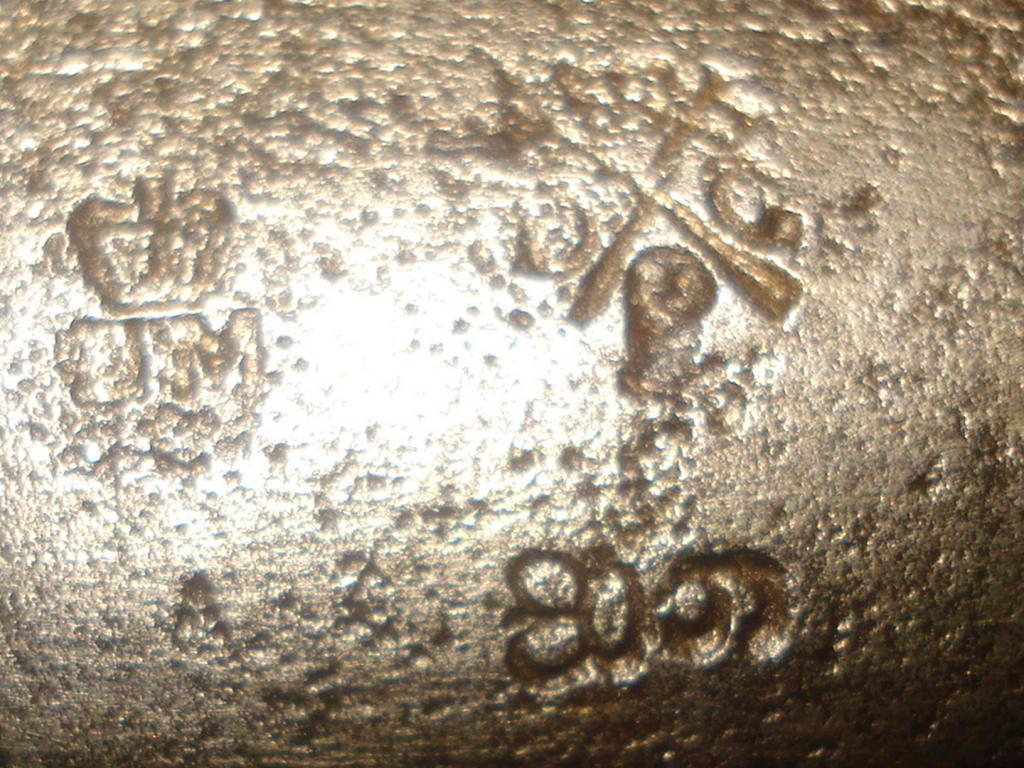
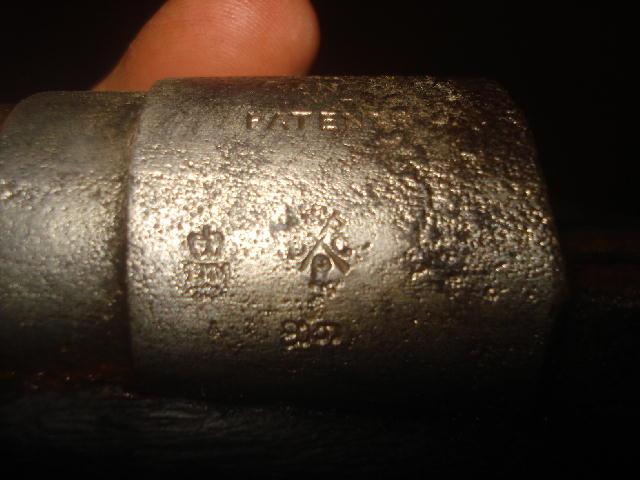
 Register To Reply
Register To Reply











